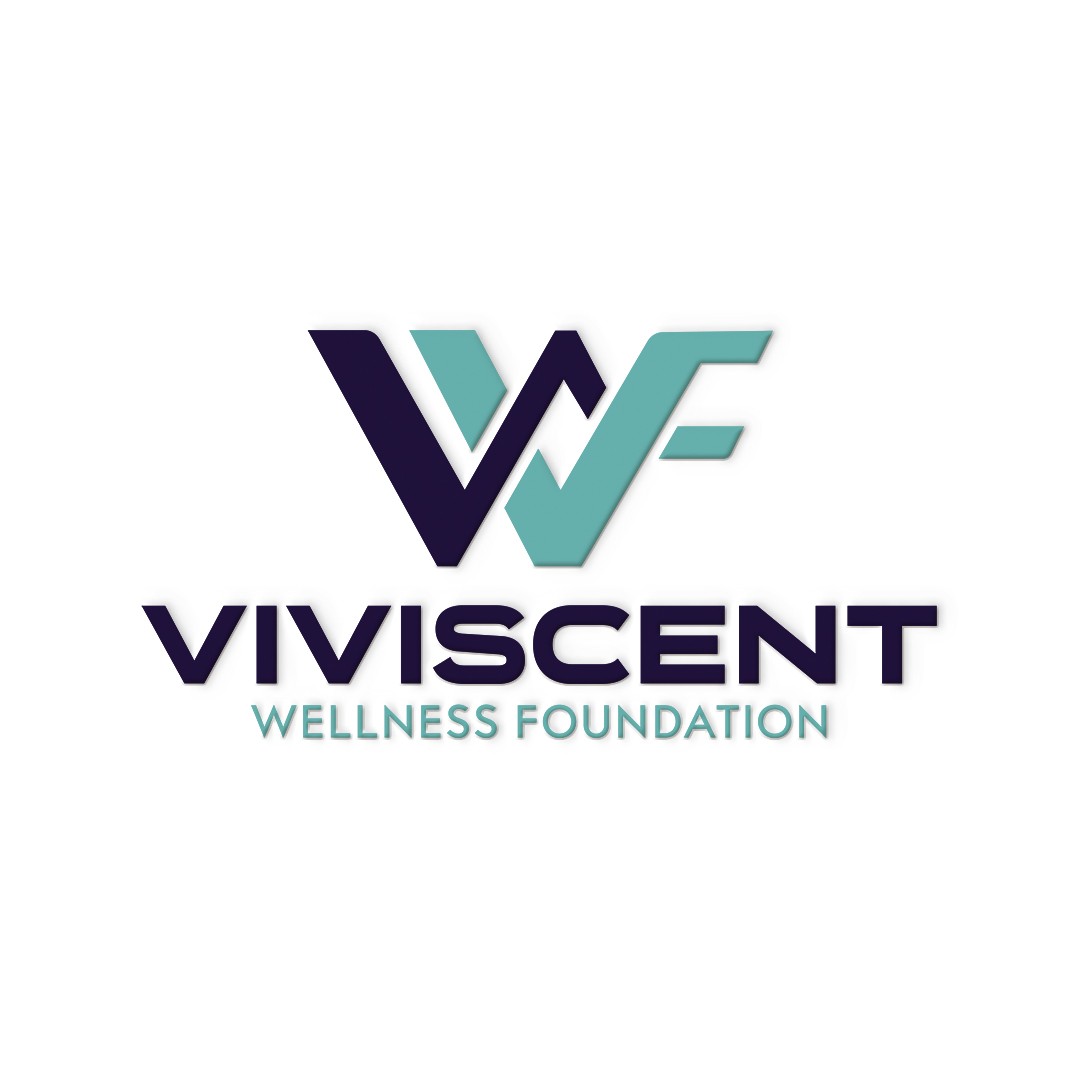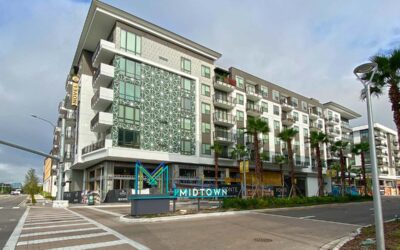Table of Contents
- Executive Summary
- Project Overview
- Market Opportunity
- Veteran Housing and Medical Benefits
- Development Plan
- 5.1. Phase 1 (Year 1): Land Acquisition and Initial Redevelopment
- 5.2. Phase 2 (Year 2): Expansion to 4,000 Homes and Green Energy Solutions
- 5.3. Phase 3 (Year 3–?): Nationwide Expansion – One Person, One Home, One Community
- Key Considerations and Investor & Community Impact
- Funding Strategy
- Financial Projections
- Risk Management & Contingency Plan
- SWOT Analysis
- Pre-Sales Strategy and Impact
- Conclusion
- Recommendations
- Next Steps for Investors and Donors
- Contact Information
1. Executive Summary
Viviscent Wellness Foundation (VWF) is committed to creating affordable, sustainable housing for veterans and underserved families through the A Place to Call Home – Hope in Action project. This initiative will transform underutilized land, including mobile home parks and vacant properties, into eco-friendly, energy-efficient communities. The project will involve repurposing cargo containers, tiny homes, and solar-powered homes, with support services including healthcare, job training, and mental health services. Government grants, public-private partnerships (PPP), HUD support, and VA benefits will play key roles in the funding and development process.
2. Project Overview
Project Name:
A Place to Call Home – Hope in Action
Location:
The project will be developed in various underutilized locations across the U.S., prioritizing areas with high concentrations of vacant land, such as abandoned mobile home parks, blighted properties, or government-owned properties available for redevelopment.
Target Market:
- Veterans and Homeless Veterans: Focused on providing stable housing solutions for homeless veterans and those at risk of homelessness.
- Underserved Families: Targeting low-income families with a focus on affordable housing and community integration.
Housing Types:
- Cargo Container Homes: Affordable, sustainable homes using repurposed shipping containers, designed for efficient energy use and minimal environmental impact.
- Tiny Homes: Compact, low-cost homes ideal for single individuals or small families.
- Solar-Powered Homes: Fully equipped with renewable energy solutions to reduce long-term utility costs and improve sustainability.
Total Units to be Developed:
The project will be developed in multiple phases, with the first phase aiming for the completion of 653+ homes, expanding to 4,000 homes by Year 2, and further expanding to additional properties nationwide in Phase 3.
3. Market Opportunity
Veteran Housing Needs
- Homeless Veterans: Over 40,000 homeless veterans in the U.S. struggle with finding affordable housing. Many veterans suffer from mental health issues and disabilities, requiring housing that also provides specialized services.
- Affordable Housing Crisis: According to HUD, millions of low-income families face housing instability, with limited access to affordable homes.
Solution
By repurposing existing land and utilizing sustainable housing methods, VWF aims to provide high-quality, eco-friendly homes for veterans and underserved families. The project will integrate solar energy, rainwater harvesting, and energy-efficient appliances, ensuring affordability and long-term sustainability for residents.
4. Veteran Housing and Medical Benefits
Veterans’ Housing and Medical Benefits
Veterans have access to a variety of housing and healthcare benefits through the Department of Veterans Affairs (VA), which will be integrated into this housing initiative.
- Health & Medical Benefits
Veterans with disabilities (e.g., macular degeneration) are eligible for medical services through the VA, which can include:- VA Health Care: Comprehensive health coverage including specialized services for conditions like macular degeneration.
- Disability Compensation: Veterans may be eligible for compensation based on the severity of their disability. Compensation amounts can range from $150 to $3,000+ per month.
- VA Long-Term Care: Services for veterans needing more intensive medical or personal care, including nursing homes and home-based services.
- Housing Benefits
- VA Home Loans: Available to veterans to help purchase homes with no down payment and favorable interest rates.
- VA Supportive Housing (VASH): Provides housing vouchers to assist veterans in renting homes, which can cover up to $1,500/month depending on location and veteran’s needs.
- HUD-VASH: A combined effort by HUD and the VA to help homeless veterans secure stable housing, with rent covered by housing vouchers.
- Social Security & SSDI
Veterans with disabilities may also qualify for Social Security Disability Insurance (SSDI), which provides an additional income stream of $1,200 to $2,000/month depending on disability level.
5. Development Plan
5.1. Phase 1 (Year 1): Land Acquisition and Initial Redevelopment
- Target Locations: Focus on abandoned mobile home parks or vacant properties with existing infrastructure (roads, utilities) to reduce initial construction costs and accelerate development.
- Development: Begin with 250 homes, creating a model community that integrates healthcare services, job training, and veteran-specific case management.
- Regulatory Compliance: Work with local zoning boards to ensure all developments meet state and federal regulations for affordable housing, including adhering to zoning laws, building codes, and environmental standards.
5.2. Phase 2 (Year 2): Expansion to 4,000 Homes and Green Energy Solutions
- Expansion: Grow the project to 4,000 homes across multiple sites, incorporating renewable energy solutions like solar panels and rainwater harvesting systems.
- Sustainability: Use green construction materials and implement energy-efficient technologies in homes and common areas. Homes will meet or exceed Energy Star ratings and LEED certification standards where applicable.
- Community Services: Expand job training, mental health support, and veteran services to accommodate increased resident numbers.
5.3. Phase 3 (Year 3–?): Nationwide Expansion – One Person, One Home, One Community
- Nationwide Expansion: Continue acquiring land across the U.S. and scale the model to include larger communities. This phase will create opportunities for veterans and underserved families in both rural and urban locations.
6. Key Considerations and Investor & Community Impact
Key Team Members
- Kevin Edmundson – Founder/CEO, Board of Director
- Jocelyn Edmundson – Vice Chair/Co-Founder
- Stan Chan – Director-at-Large
- John Brewer – Sustainable Community Development Advisory Board
- Austin Niles – Director of Daily Operations
Exit Strategy for Investors
Investors can exit through multiple options, including the sale of shares, dividend payments, or through ongoing revenue streams from rental income and housing subsidies.
Community Impact Metrics
Key metrics will include resident satisfaction, veteran employment rates, energy savings, job retention rates, and overall economic revitalization in the project areas.
7. Funding Strategy
Group Sponsorships & Home-Specific Sponsorships
- Goal: Raise $5 million from private corporations, community organizations, and individual sponsors who will fund the development of specific homes.
HUD Grants & Section 8 Housing
- Goal: Secure $4 million from HUD to fund the development of affordable housing units that meet HUD guidelines and provide funding for rent subsidies through Section 8 Housing Vouchers.
VA Partnerships & Veteran Housing Initiatives
- Goal: Secure $3 million in funding from VA housing programs, including construction funds and specialized veteran services.
Public-Private Partnerships (PPP)
- Goal: Raise $2 million through collaboration with local governments, state agencies, and private corporations for tax credits, grant funding, and development incentives.
Crowdfunding & Community Donations
- Goal: Raise $1 million through public crowdfunding campaigns, events, and donations from local communities.
8. Financial Projections
Revenue Sources
- Rental Income: Guaranteed income from HUD Section 8 vouchers and rent from market-rate tenants.
- Revenue Model: Monthly rent payments from residents, with a portion funded through government support (VASH, HUD-VASH, SSDI).
Expected ROI:
- Initial Investment: $20 million
- Annual Rent Revenue: $12,012,000
- Net Annual Revenue: $9,000,000 (after operating costs)
- 5-Year ROI: 150%
9. Risk Management & Contingency Plan
Regulatory Risk: Proactively engage with local zoning and regulatory authorities to ensure compliance with all federal, state, and local housing regulations, including obtaining necessary zoning variances, environmental clearances, and ADA compliance.
Construction Delays: Include buffer timelines for potential delays due to weather, supply chain issues, or unforeseen circumstances.
Market Risk: Diversify funding sources to mitigate dependency on one stream, ensuring continued development even in economic downturns.
Environmental Compliance: Stay ahead of changes in building regulations related to sustainability and green energy integration.
10. SWOT Analysis
Strengths
- Strong leadership with extensive experience in housing and community development.
- Access to government housing and veteran programs.
- Focus on sustainability and eco-friendly housing.
- Partnerships with veteran organizations and local governments.
Weaknesses
- Dependency on government grants and external funding.
- High initial investment needed for land acquisition and construction.
Opportunities
- Nationwide demand for affordable housing.
- Potential for government incentives and tax credits for sustainable development.
- Expansion into other states and regions with high veteran and low-income family populations.
Threats
- Potential delays in securing land or zoning approvals.
- Changes in government funding policies.
- Risk of market fluctuations impacting the availability of private funding.
11. Pre-Sales Strategy and Impact
VWF will offer pre-sales for units to generate upfront capital and reduce financial risk:
- 1-Bedroom Units: Priced at $50,000+
- 2-Bedroom Units: Priced at $75,000+
- 3-Bedroom Units: Priced at $125,000+
- With contingencies for land and unforeseen issues added to the pricing.






0 Comments